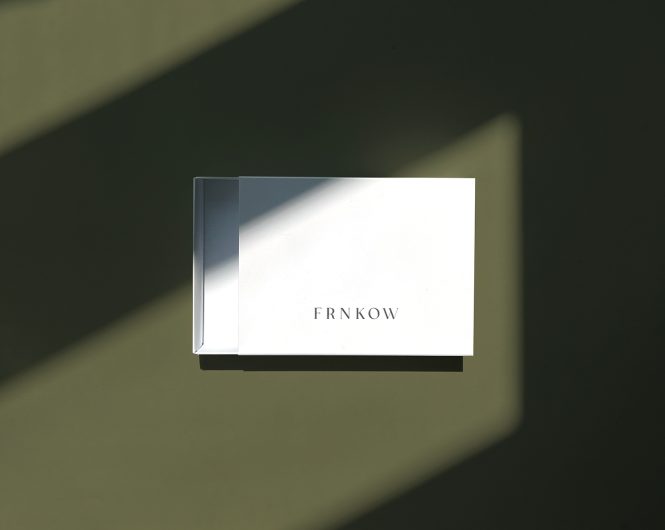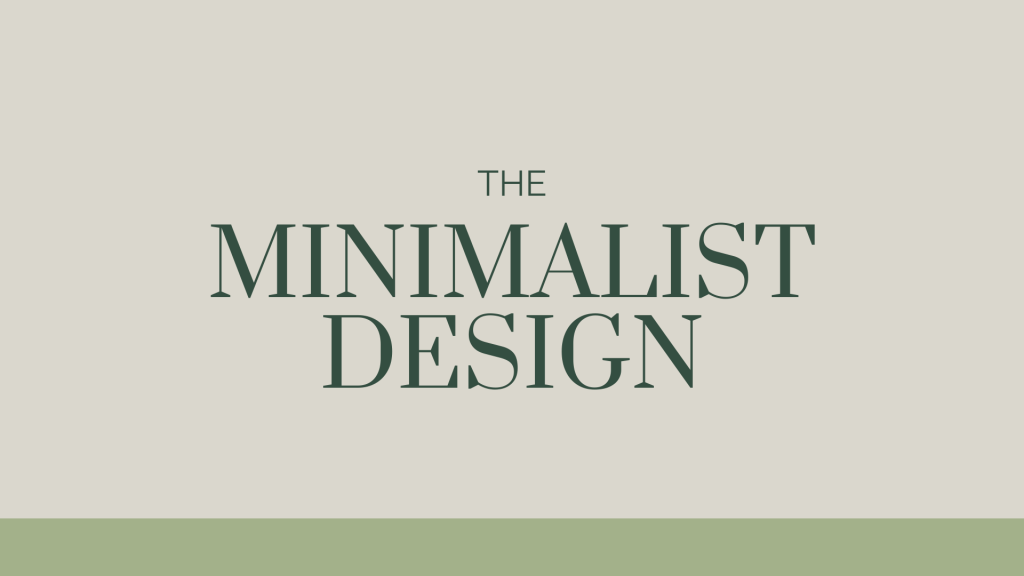

Minimalist design, a philosophy that prioritizes simplicity and functionality, has revolutionized the world of design. It’s about stripping away the unnecessary to reveal the essence of an object or interface. This approach has gained widespread appeal for its ability to create aesthetically pleasing yet functionally efficient solutions across various fields, from product design to web development. Many find themselves overwhelmed by the excess in modern design, yearning for something more refined and clean. This article will delve into the core philosophies of minimalist design, examining its principles, benefits, and practical application in different industries. We’ll explore specific case studies and look at how to apply these principles to your own designs, creating a truly elegant solution.
The Core Principles of Minimalist Design
Understanding the "Less is More" Approach
Minimalist design is about intentional choices. Instead of trying to pack every possible feature or element into a design, minimalism focuses on the essential parts. This intentional choice reduces visual clutter and allows the essential components of the design to stand out. The core principle, often attributed to the influential German architect Ludwig Mies van der Rohe, emphasizes that less is more—by removing unnecessary elements, the design becomes more impactful and refined. This approach directly translates to a heightened emphasis on functionality, user experience, and a cohesive aesthetic. Essentially, minimalism seeks to reveal the core value of a product or service without the distraction of excess.
Key Elements and Considerations
Simplicity is paramount in minimalist design. Visual clarity is achieved through the strategic use of space, color palettes, typography, and imagery. The fewer the elements, the clearer and more focused the design becomes. White space plays a crucial role in creating a sense of balance and allowing important elements to stand out. Clean lines and simple shapes are often prioritized, contributing to a contemporary aesthetic. A harmonious blend of these elements creates a visually appealing and easily digestible experience for the user. Furthermore, thoughtful consideration of the target audience is essential; the design should be easily understandable and intuitive for the intended users. Color palettes in minimalist designs are typically limited, focusing on a few neutral colors. This focused palette reduces visual noise, allowing the design to maintain a sense of serenity and elegance.
The Benefits of Minimalist Design
Enhanced User Experience
Minimalist design prioritizes the user experience by streamlining functionality. By removing unnecessary elements, the design becomes intuitive and easy to navigate. The user’s focus is directed toward the core purpose of the product or service, which translates into a smoother interaction and a more positive user experience. This simplification isn’t merely about appearance; it deeply affects the user’s journey and perception of the product or service.
Increased Clarity and Focus
Less is more translates into heightened clarity. The absence of visual distractions allows users to easily understand the design’s purpose and flow. Clean lines and simple layouts create a focused experience, eliminating distractions and allowing users to grasp the essence of the design.
Improved Brand Perception
Minimalist design often cultivates a sense of sophistication and high-quality. The clean lines and thoughtful simplicity communicate a modern, efficient, and trustworthy image. This refined aesthetic resonates with a growing segment of consumers who appreciate and value quality design and craftsmanship.
Minimalist Design in Action
Case Studies and Examples
Numerous successful products and brands employ minimalist design strategies. Apple’s products, renowned for their clean interfaces and focus on core functionality, exemplify this approach. The popularity of minimalist design has also influenced web development, resulting in clean and efficient user interfaces across various platforms and applications.
Specific Applications and Considerations
Minimalist principles aren’t limited to products; they extend to various applications. The impact of minimalist design is evident in the field of web design where simple navigation, clear layouts, and limited colors lead to a fluid user experience. In product design, minimalist strategies often result in sleek and stylish products that efficiently address specific needs.
Challenges and Considerations
While minimalist design offers numerous benefits, it’s essential to avoid excessive simplicity that compromises functionality. A good design balances visual elegance and user-friendliness. Oversimplification can lead to a lack of clarity or complexity. Thorough research and user testing are vital throughout the design process to ensure user needs are met.
The Impact of Minimalist Design on Different Industries
Web Design
Minimalist design has dramatically impacted web design by prioritizing clarity and ease of navigation. Clean layouts, limited color palettes, and intuitive navigation make websites more user-friendly. Users can quickly locate information and complete tasks with minimal effort.
Product Design
Minimalist design translates seamlessly to product design. Products with a clean aesthetic, intuitive controls, and straightforward functionalities appeal to a broad spectrum of consumers. Products achieve a contemporary, modern design that conveys quality and sophistication.
Typography and Color Theory
Strategic use of typography and colors is essential in minimalist design. Clear and legible fonts, often sans-serif, are preferred. Limited and carefully selected color palettes are often employed, focusing on a few neutral shades to reduce visual noise and highlight key elements.
Future Trends and Evolution
Emerging Trends
The appeal of minimalism is enduring. Modern design is embracing a blend of minimalism and creativity. Designs are incorporating elements of nature, contrasting colors, and unique typography to bring modern designs to new heights.
Adapting to Modern Needs
Minimalist design adapts and evolves while keeping its core principles. It will continue to be a prominent design trend by emphasizing simplicity and functionality in a user-friendly approach.
The Role of Technology
Technology plays a significant role in shaping minimalist design trends. Advancements in software and hardware create new possibilities for creating clean, efficient, and user-friendly interfaces.
Conclusion
In this article we looked at the core principles of minimalist design. Minimalist design is about intentional choices and prioritizing essential elements. By embracing simplicity, designers can create designs that enhance user experience, increase clarity and focus, and improve brand perception. Minimalist principles are applicable across various industries, from web design to product design. This evolving design philosophy demonstrates its resilience in the ever-changing world of design trends.
Frequently Asked Questions
What are the key differences between minimalist and maximalist design?
Minimalist design emphasizes simplicity, clarity, and functionality, focusing on essential elements and streamlined aesthetics. Maximalist design, in contrast, embraces a more complex approach, incorporating multiple colors, patterns, and elements. The key difference lies in the approach to design, with minimalist design prioritizing simplicity and maximalist design embracing complexity. Understanding the core values of each design allows for a deeper appreciation of their role in shaping our environment.
How can I apply minimalist principles to my own design projects?
Applying minimalist principles requires a keen eye for visual clarity and a deep understanding of your target audience. Start by defining the core purpose of your design, then meticulously eliminate any unnecessary details or elements. Focus on clear visual hierarchy, select a limited color palette, and use typography strategically to highlight essential information. User testing and feedback are essential throughout the design process to ensure the design effectively communicates its purpose and meets user expectations.
In conclusion, minimalist design, rooted in a philosophy of less-is-more, offers a refreshing perspective on design principles. By prioritizing essential elements and streamlining aesthetics, designers can create visually appealing and functionally superior products. Embrace the power of simplicity and strive for elegance in your next design project. Learn more about minimalist principles by visiting [website address].